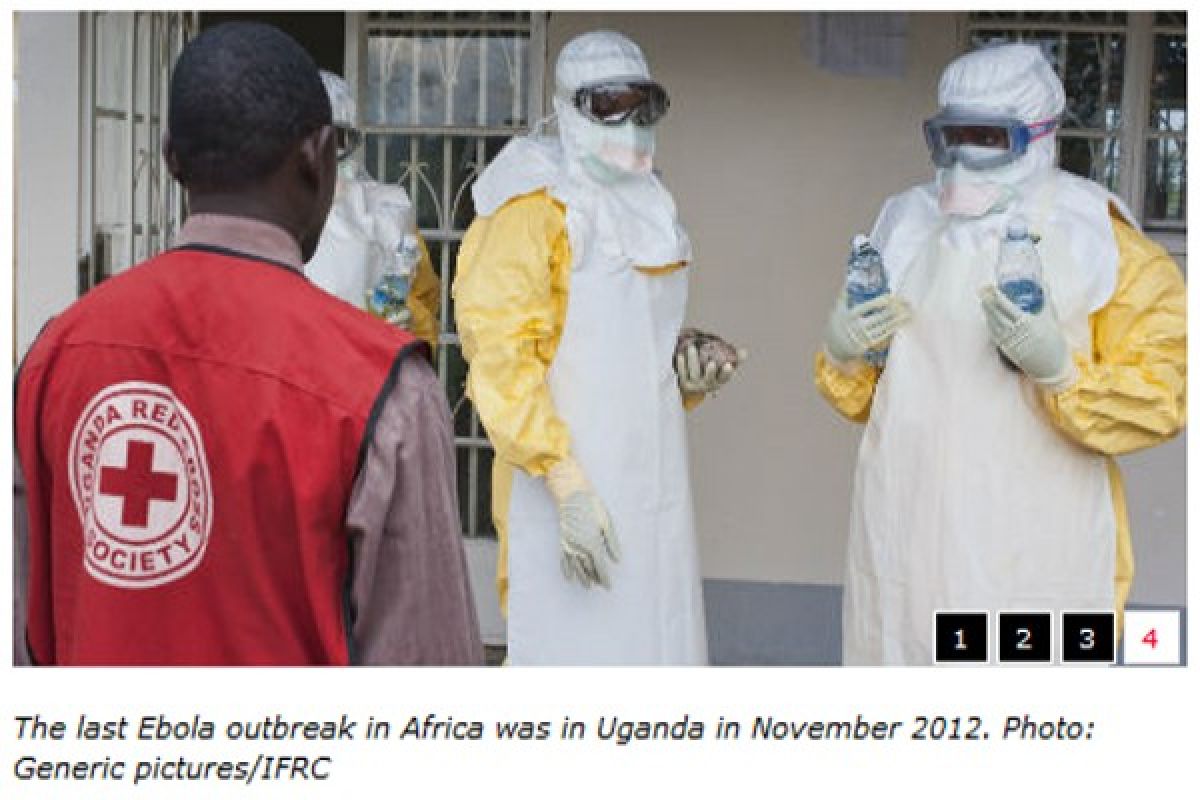When Indonesias Mount Merapi erupted in 2010, hundreds of villagers refused to evacuate because they didnt want to abandon their land and animals, and believed they would be protected by supernatural creatures. They were killed.
All too often aid workers are failing to keep people safe from rising disaster risks because they ignore different cultures and religious beliefs, and try to impose outside views, the Red Cross said on Thursday in a report.
"Whether organisations are interested in preventing disasters linked to natural hazards, or many other types of risk, it is impossible to do a good job unless they recognise, understand and begin to deal with the effects of culture," said the annual World Disasters Report from the International Federation of Red Cross and Red Crescent Societies (IFRC).
Listing examples of how traditional beliefs shape peoples attitudes towards risk, it noted how locals in India blamed an angry goddess for a 2008 flood on Bihars River Kosi.
After the 2004 Indian Ocean tsunami, many survivors in Aceh, Indonesia, believed the disaster was divine retribution for allowing tourism and oil drilling.
And when New Orleans was battered by Hurricane Katrina in 2005, some thought it showed Gods displeasure at the sinful behaviour of residents and tourists.
"People enable themselves to live with risk through the evolution of cultures that either make them feel safe or remove the causes of disasters to a different realm (often religious) that is acceptable because it requires no other explanation," the report said.
Such beliefs can stop people acting to protect themselves and listening to outsiders who advise them to heed early warnings or switch to safer ways of making a living, the report added. Instead, they might choose to pray, make offerings and acts of atonement, or just do nothing.
"No matter how awkward or difficult, culture cannot be wished away and must not be ignored," it said.
Cultural mismatch
The problem lies not only with the values and customs of the communities humanitarian workers are trying to help, but also with the ingrained approaches of aid agencies, said Terry Cannon, a lead editor of the report and research fellow at the UK-based Institute of Development Studies.
"If all youve got is a hammer, then every problem looks like a nail ... but people are not nails," he told the Thomson Reuters Foundation.
Most locals do not prioritise the threat of extreme weather or other natural hazards, but focus on daily challenges like ill health, poor security and getting enough food and water.
"So there is an immediate mismatch, because people dont want help with earthquakes, typhoons and tsunamis. They want help with their problems of everyday life," Cannon said.
"If you take culture into account, and do it right, you will save an awful lot of money which is wasted at the moment," he added.
The report also flagged up how culture can sometimes be a positive force in reducing the risks of disasters.
Peoples social networks and religious beliefs can help them bounce back after a crisis, it noted. And traditional architecture should be considered when reconstructing housing, as it is adapted to local conditions and can be safer than modern concrete homes which are often badly built.
In a foreword to the report, IFRC Secretary General Elhadj As Sy said aid groups working to lessen disaster risk will have "less sustained impact if we do not adequately take account of peoples cultures, beliefs and attitudes in relation to risk".
"With climate change leading to damaged livelihoods, and therefore more vulnerability, and making hazards more extreme and/or frequent, we have to get this right," he wrote.
(U.SDP-83/H-AK)
Editor: Priyambodo RH
Copyright © ANTARA 2014








